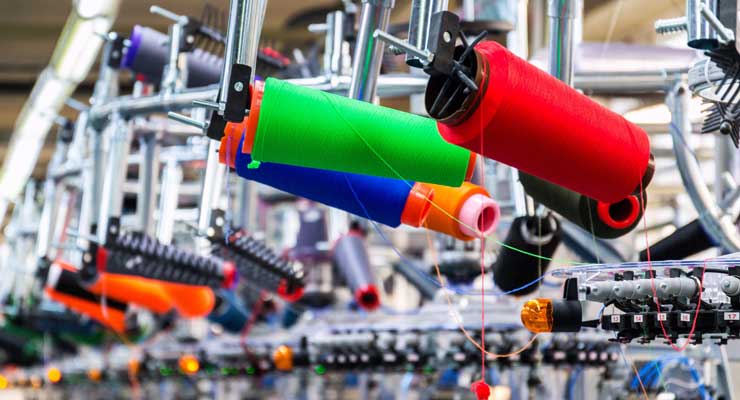- Apparel manufacturers need to stay ahead of the curve to understand what these changes will mean for them: what to track, and what to improve.
- Most PLM systems do not provide tools to support sustainability efforts. However, some solutions provide a comprehensive up-to-date data repository where all product–related information can be stored, managed, and measured.
- While changing consumer attitudes and legislation cause concern for companies, the long-term consequences of responding to these changes will present an opportunity to get ahead of the game and a jump on the competition.
by Hayley Blatte
Sustainability has been a hot topic in the fashion industry for the past few years, and it continues to grow in popularity. A joint report by Global Fashion Agenda and McKinsey found that with fashion emitting 2.1 billion tons of CO2 per year, the industry’s greenhouse gas emissions are set to rise by about a third by 2030.
Many in fashion know there is a waste problem, but are unsure of any solutions. You cannot change what cannot be measured, and most do not have the tools to evaluate and track carbon footprints and other sustainability metrics.
Consumers & Lawmakers Push for Sustainability
Consumer interest in consciously–made products is at an all-time high. Brands, manufacturers, and retailers are looking for ways to improve transparency, cut waste, make greener material choices, and measure progress in order to implement sustainability programs.
In tandem with this shift in consumer demand, laws and regulations that aim to lower emissions, cut waste, improve transparency, and reduce environmental impact are coming into force in many jurisdictions. Apparel manufacturers need to stay ahead of the curve to understand what these changes will mean for them: what to track, and what to improve.
Measuring Initiatives with a ‘Single Source of Truth’
Companies that are committed to environmental, labor, and financial practices are driving change across the industry. There is no sustainability without measurability, and there is no measurability without technology.
Many manufacturers that use Product Lifecycle Management (PLM) software to improve efficiency and ultimately reduce their costs and speed time to market. Most PLM systems do not provide tools to support sustainability efforts. However, some solutions provide a comprehensive up-to-date data repository where all product–related information can be stored, managed, and measured.
This ‘single source of truth’ approach empowers brands, manufacturers, and retailers to track and report on key sustainability metrics, such as CO2 emissions and water usage, material selection, and more with the click of a button. Having this crucial information on hand ensures that businesses can change course in time to meet legislative requirements and give conscious consumers full product transparency that meets environmentally responsible product expectations.
Innovative & Ethical Product Development
With retail shoppers seeking more transparency about how products are made, apparel manufacturers should have an interest in working on innovative, sustainable materials. Technologies like PLM software keep teams on the same page, empower greater visibility, and cut out time-consuming manual tasks. Designers and product developers have more time and resources to research better materials and develop creative solutions to sustainability challenges.
Working with a single source of truth makes it easier to plan products from the development stage to market and brings greater transparency to the sourcing process. Ethical sourcing has many facets, from labor practices to pollution to animal welfare. Manufacturers can leverage PLM solutions to manage complex supplier documentation, track raw material data, run factory audits, and collaborate with material suppliers from the earliest stages. The right technology can be used to align ethical sourcing from intent to real-world action.
The benefits of investing in digital solutions go far beyond sustainability, including more accurate strategic planning and greater sell-through. While changing consumer attitudes and legislation cause concern for companies, the long-term consequences of responding to these changes will present an opportunity to get ahead of the game and a jump on the competition.
As a business solution expert Hayley Blatte has been advising fashion and apparel companies for more than 15 years utilizing software systems to optimize workflow and increase productivity within the supply chain. Specialized in Product Lifecycle Management (PLM) system configuration, implementation and training, she is currently leading sustainability initiatives for emerging brands at Centric Software.
